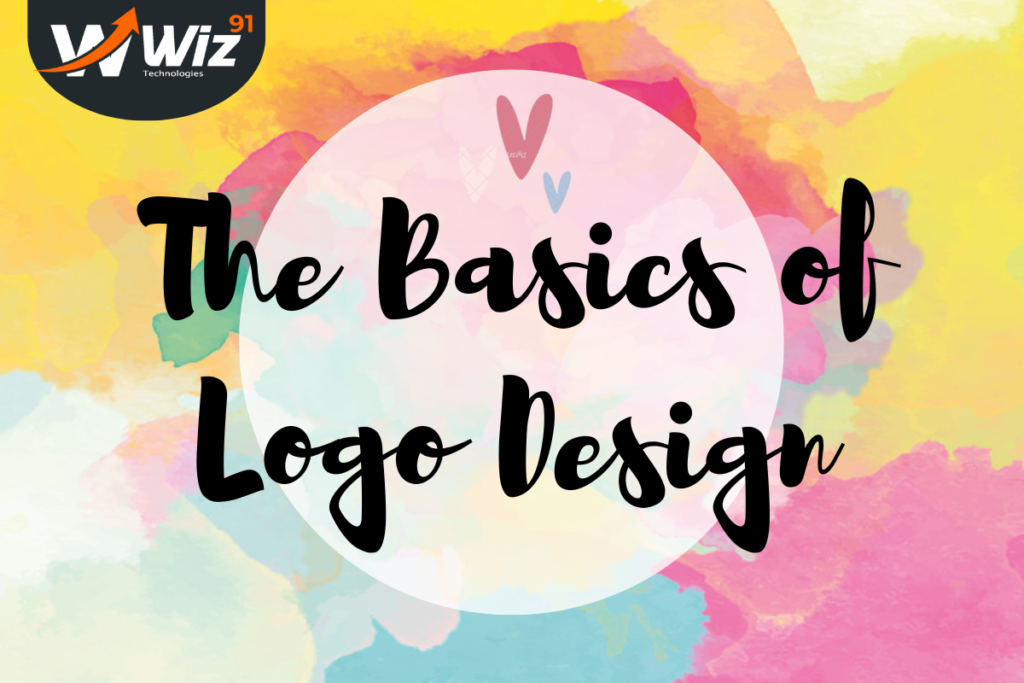The Basics of Logo Design: Crafting Your Brand Identity
In the vast landscape of visual communication, a logo stands as a powerful emblem that encapsulates the essence of a brand. It is the face of a company, the visual shorthand that communicates its values, personality, and mission. Creating a successful logo involves a delicate blend of creativity, strategy, and design prowess. In this comprehensive guide, we’ll delve into the basics of logo design, unraveling the key elements contributing to a memorable and impactful logo.
I. Understanding the Importance of a Logo
1.1. The Visual Ambassador of Your Brand
A logo serves as the primary visual representation of your brand. It’s often the first point of contact between your business and potential customers. A well-designed logo can leave a lasting impression, making your brand more memorable and recognizable.
1.2. Building Brand Identity
A logo is a crucial component of your brand identity. It sets the tone for the entire visual language associated with your business. Consistency in design across different platforms and materials helps establish a cohesive and recognizable brand.
1.3. Communicating Values and Personality
Logos are not just pretty pictures; they convey a brand’s values and personality. Whether it’s professionalism, friendliness, or innovation, your logo should reflect the core characteristics of your business.
II. Key Principles of Logo Design
2.1. Simplicity Is Key
Simplicity is the cornerstone of effective logo design. A simple logo is easier to recognize, memorable, and versatile across various mediums. Think of iconic logos like Apple or Nike – their simplicity is a testament to their enduring power.
2.2. Memorability Through Distinctiveness
A memorable logo stands out from the crowd. Distinctive elements, unique color choices, and creative concepts contribute to a logo that lingers in the viewer’s mind.
2.3. Versatility for Various Applications
A well-designed logo should be versatile. It should look great on a business card, a billboard, a website, or a social media profile. Logos that work across different scales and contexts ensure consistent brand representation.
III. Elements of Logo Design
3.1. Typography
Whether your logo incorporates a wordmark or a tagline, choosing the right font is crucial. The typography should align with your brand’s personality – sleek and modern, classic and traditional, or playful and whimsical.
3.2. Color Palette
Colors evoke emotions and perceptions. The choice of colors in your logo should be intentional, considering the psychological impact each color carries. The Apple logo’s monochromatic simplicity exudes sophistication, while the vibrant palette of Google’s logo signifies diversity and innovation.
3.3. Shapes and Symbols
Shapes and symbols play a pivotal role in logo design. Geometric shapes can convey stability and balance, while organic shapes may evoke a sense of creativity and fluidity. Symbols, when used thoughtfully, can become powerful visual metaphors for your brand.
3.4. Negative Space
The space around and within the elements of your logo is as important as the elements themselves. Clever use of negative space can create dual meanings or hidden symbols within the design. The FedEx logo, for instance, conceals an arrow in the negative space between the “E” and the “X,” symbolizing speed and precision.
IV. The Design Process
4.1. Research and Discovery
Before diving into design, thorough research is essential. Understand your brand, target audience, and competition. Identify key elements that must be incorporated into the logo to convey the desired message.
4.2. Sketching and Conceptualization
Ideas often flow more freely on paper. Sketching allows for quick exploration of various concepts without the constraints of digital tools. It’s a crucial step in refining the visual direction of your logo.
4.3. Digital Rendering
Once a solid concept emerges from the sketches, it’s time to bring it to life digitally. Design software like Adobe Illustrator provides the precision and tools to create a polished and scalable logo.
4.4. Feedback and Iteration
Feedback is a crucial part of the design process. Share your logo drafts with stakeholders, clients, or focus groups to gather insights. Iteration based on constructive feedback refines the design, ensuring it aligns perfectly with the brand vision.
V. Common Mistakes to Avoid
5.1. Overcomplicating Design
While creativity is encouraged, overcomplicating a logo design can dilute its impact. Cluttered designs can be overwhelming and challenging to reproduce across different media.
5.2. Ignoring Scalability
A logo that looks fantastic on a computer screen may not translate well to a business card or a billboard. Ensure your logo is scalable and retains its integrity across various sizes.
5.3. Following Trends Blindly
Design trends come and go. While it’s essential to stay current, blindly following trends may result in a logo that quickly becomes outdated. Timeless design is often more effective.
VI. Case Studies: Learning from Successes and Failures
6.1. Nike: The Swoosh Legacy
The Nike logo design, a simple swoosh, has become synonymous with athleticism and excellence. Its success lies in its simplicity, memorability, and association with movement.
6.2. Gap: A Lesson in Rebranding Missteps
When Gap attempted to update its logo in 2010, the public backlash was swift. The new design lacked the brand’s legacy and was quickly abandoned, highlighting the importance of respecting a brand’s visual history.
VII. Conclusion: Crafting a Lasting Impression
In conclusion, logo design is a dynamic interplay of art and strategy. It’s about distilling the essence of a brand into a visually compelling symbol that resonates with its audience. By embracing the principles of simplicity, memorability, and versatility, and navigating the design process with care, you can create a logo design that not only represents your brand but also stands the test of time. Remember, a well-crafted logo is not just an image; it’s the visual ambassador of your brand, leaving a lasting impression on the world.











